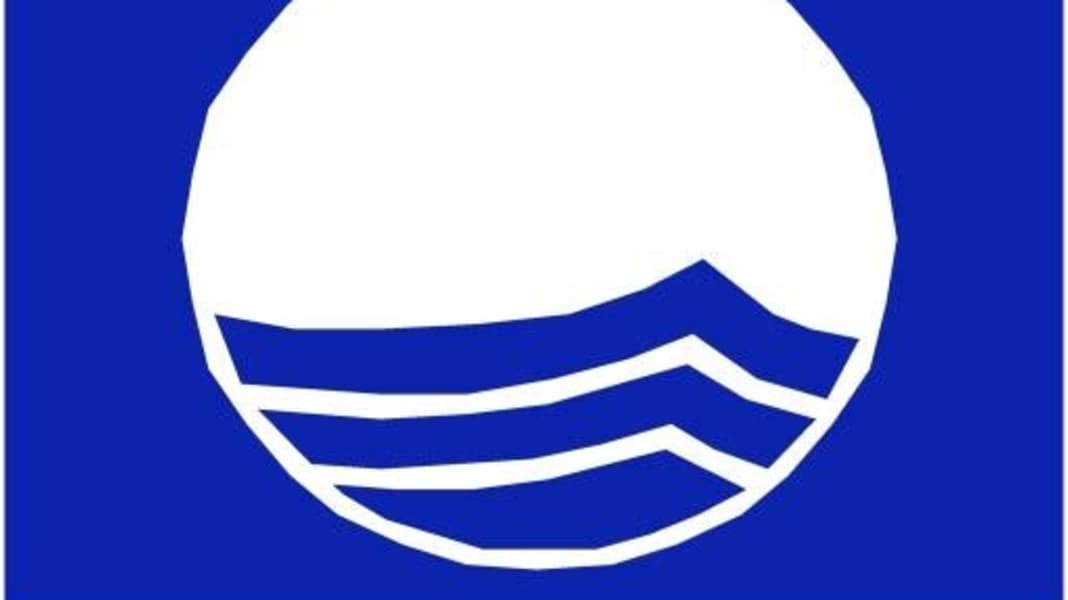
The EU recently gave German bathing waters good marks. Experts attested that the beaches on the North Sea and Baltic Sea had reassuring values. The ADAC has now come to a different conclusion and warns against faecal bacteria.
In the annual bathing water report, the EU experts attested to the good water quality of the beaches on the North Sea and Baltic Sea, which guarantees carefree bathing almost everywhere. Other reports and results also gave the green light for splashing around and healthy swimming on our coasts.
According to an EU study, not only are the German coasts clean enough for bathing, but many lakes and rivers also have even cleaner water than in previous years. The coasts, lakes and rivers are cleaner than they have been for 20 years. According to an EU study, almost all Baltic Sea coasts and 99 per cent of the German North Sea coast met the European Union's standards in 2009. This was the highest figure since measurements began in 1990, according to the EU Environment Agency (EEA) in Brussels.
Now other reports are suddenly causing a stir. While the EU testers carried out their measurements from a depth of one metre off the beach, ADAC representatives examined the water quality of 72 beaches close to the shore - and came to different conclusions.
At 22 beaches, the water was allegedly far too contaminated with germs. And in almost a quarter of cases, the limit values were exceeded, in some cases several times and often even blatantly. Faecal bacteria spoilt the bathing experience at a total of 17 measuring points - in the play and shallow water areas where children are particularly likely to be. This could result in gastrointestinal illnesses, skin rashes or inflammation.
The ADAC has just announced its results, newspapers headlined: "Splashing around with faecal bacteria". Water testers have scrutinised problem areas on North Sea and Baltic Sea beaches: Just under a quarter of the measuring points in shallow bathing water - such as near groynes or estuaries - failed. However, half of the bathing spots analysed were rated as "very good" and "good".
Thomas Burkhardt, ADAC Vice President for Technology, said that the 17 locations contaminated with faecal bacteria were "worrying" results. Children are particularly likely to be romping around there. However, the ratings could not be applied to the water quality of the entire beach or town. The winners included beach sections in Boltenhagen on the Baltic Sea and in Westerland (Sylt) on the North Sea, while the losers included measuring sites in Kühlungsborn and near Eckernförde.
Following a test of the water quality at German beaches, the ADAC is even calling for a ban on swimming in some places. "It would make sense to put up appropriate signs and ensure that the bans are observed," said Robert Sauter from the automobile club. He also called on local authorities to clean beaches better and remove floating debris.
A quarter of the beaches tested on the North Sea and Baltic Sea failed the test with the grades "questionable" or "poor". With this study, the club is thus going against the recently published EU bathing water report, which speaks of "clean bathing fun" on German coasts. The ADAC's assumption is that the EU measuring points do not always correspond to the actual bathing areas.
The contradictory results are unsettling for bathers and sailors who spend a lot of time on beaches in addition to harbours. Testers say: "There are areas with a high level of hygiene problems on many beaches. They are often noticeable due to dirt or unpleasant odours and are easy to find." The ADAC has drawn the attention of the municipalities in which limit values have been exceeded to the problem. "But no warning notices were put up, nor were the problems remedied in any other way," reported ADAC Vice President Burkhardt. "If we take our role as consumer protectors seriously, we must continue to exert pressure." Meanwhile, the Baltic seaside resort of Kühlungsborn responded to the test and announced measures to counter the pollution found.
Current status descriptions of Germany's coasts can be found on the following websites:

